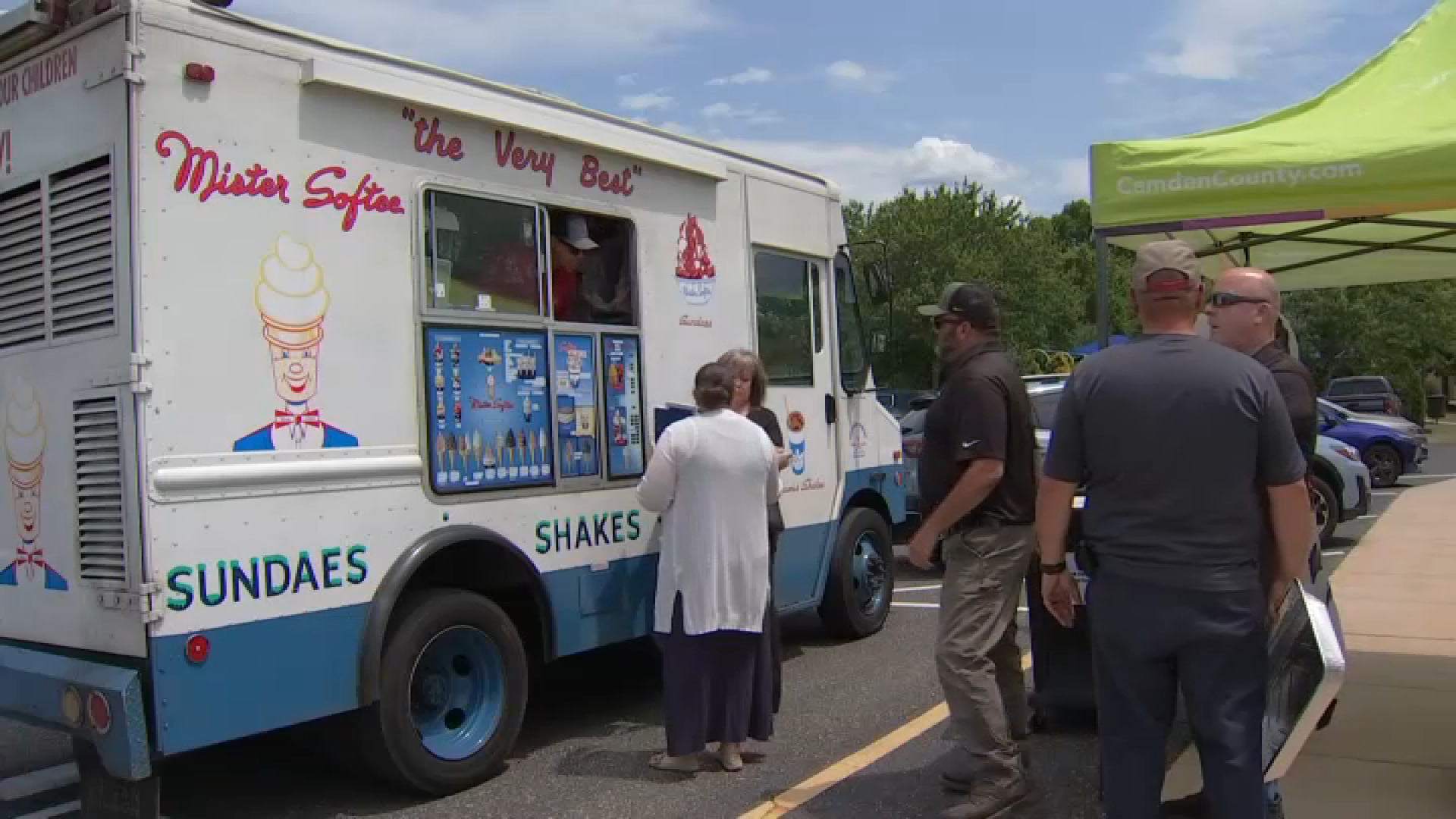The idea behind the new fare gates was to give subway riders easier access to the stations.
But not this easy.
“We are learning. And I’m learning with our customers,” said Quemuel Arroyo, the MTA’s chief accessibility officer, and a senior advisor to the MTA chairman.
He acknowledged an unintended drawback of the new high-tech sensor gates — now in use at four MTA transit hubs — is that many riders have figured out how to avoid paying. By cramming into the space behind the person in front of you, also known as ‘piggybacking,’ multiple people could get through on one fare. News4 saw plenty of that practice during the day at Sutphin Boulevard/Jamaica Station.
Get Tri-state area news and weather forecasts to your inbox. Sign up for NBC New York newsletters.
“That very observation that you’re alluding to,” said Arroyo, “we will be preventing all those bad actions that we saw!”
Arroyo is the quarterback of the new $700,000 pilot program — with high-tech entry gates at Sutphin Blvd-JFK in Queens, Atlantic Avenue/Barclays Center in Brooklyn, Penn Station in Manhattan and Astoria Boulevard in Queens. Why those stations? They’re all connections to major transit hubs. And, since many riders are bringing big suitcases with them, the new fare gates are wider making it easy for people with luggage to get through. And despite the sight of farebeating, the MTA says so far, the gates have performed well.
“We have increased paid ridership at this station by 20%,” said Arroyo, speaking of the Sutphin gates — frequented by arriving JFK passengers. In the past many with baggage have lingered by the emergency gate, waited for it to open — and then darted in for free when it does. Now, many more of them are paying.
Local
As for the piggybacking problem?
“I wanted to see how customers would utilize those gates. Good and bad,” said Arroyo.
This pilot came months after a special panel found the MTA lost $500M to fare evaders in 2021 and $690M in 2022. A 38% increase.
The panel’s main finding? “The fiscal losses caused by fare and toll evasion are staggering.“
Arroyo said to truly make a dent in farebeating, they need fare gates that aren’t yet available on the market. After all, the MTA has 473 subway stations. And they’ve committed $25 million to re-make the way the riding public gains access to the system. Right now there’s an RFI — a Request for Information — on best practices to solve the problem.
“We will design the gate for New York that combats fare evasion,” Arroyo said.
Correction (January 4, 2024 12:20 p.m. ET): An earlier version of this story incorrectly stated the cost of the pilot program and the gate replacement program.



